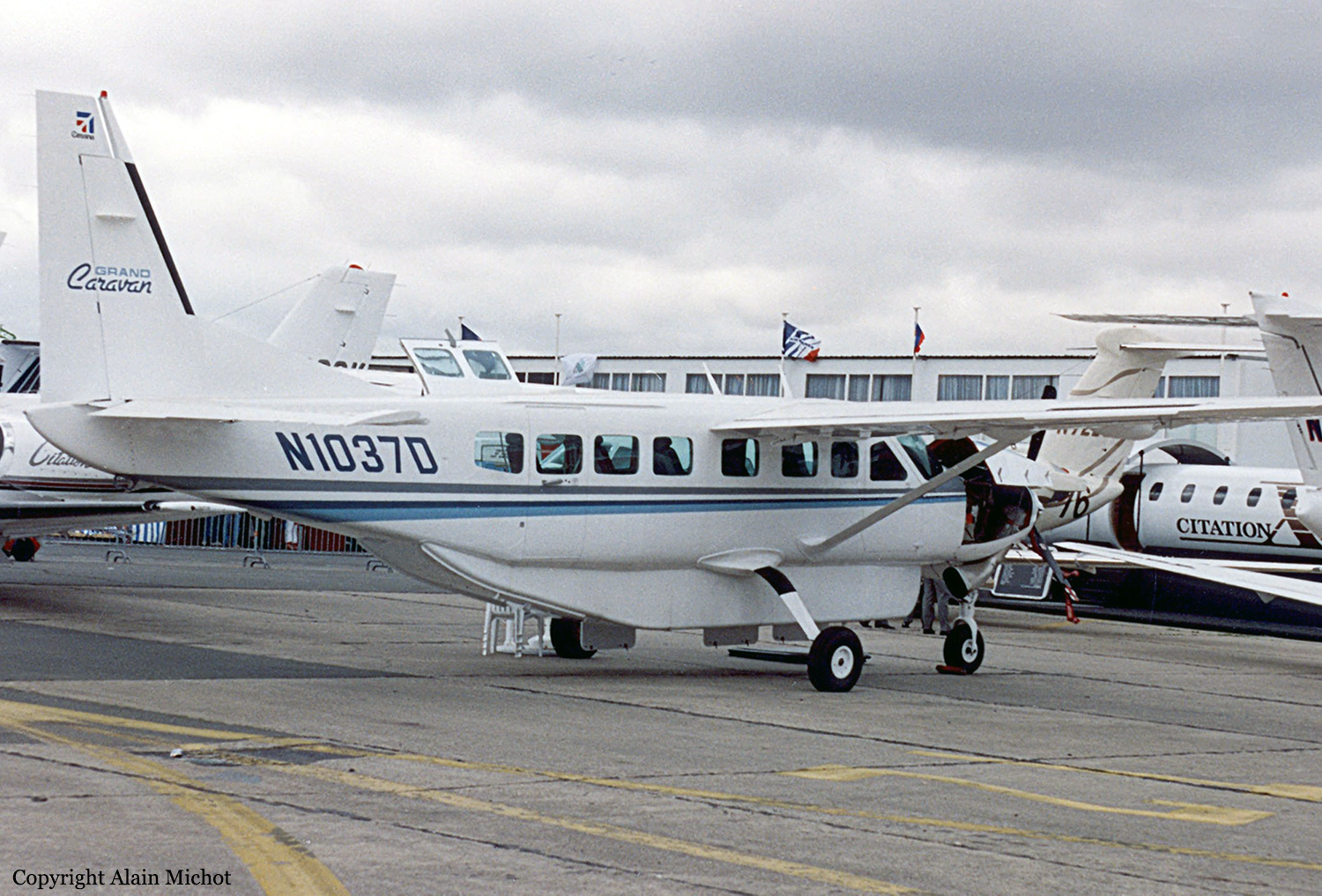Crash of a Cessna 208B Super Cargomaster in Valensole: 1 killed
Date & Time:
Aug 16, 1993
Registration:
N1037D
Survivors:
No
Schedule:
Toussus-le-Noble - Cannes
MSN:
208B-0332
YOM:
1993
Crew on board:
1
Crew fatalities:
Pax on board:
0
Pax fatalities:
Other fatalities:
Total fatalities:
1
Captain / Total hours on type:
150.00
Aircraft flight hours:
50
Circumstances:
On a cargo flight from Toussus-le-Noble to Cannes, while cruising at an altitude of 9,000 feet, the pilot declared an emergency after the engine failed. The aircraft entered an uncontrolled descent and crashed in a field. The pilot, sole on board, was killed.
Probable cause:
The exact cause of the loss of control could not be established. Technical analysis did not reveal any anomalies on the engine and other aircraft's equipments. Brand new, the aircraft had just been delivered and completed 50 flying hours only. The pilot, relatively inexperienced, totalized 150 hours on type. It is possible that he mismanaged the engine and other equipments.






